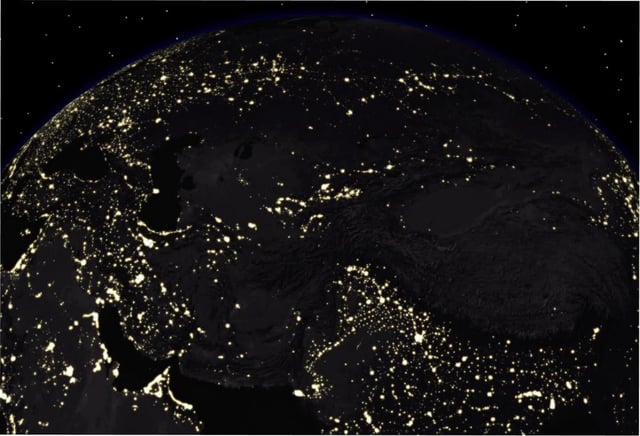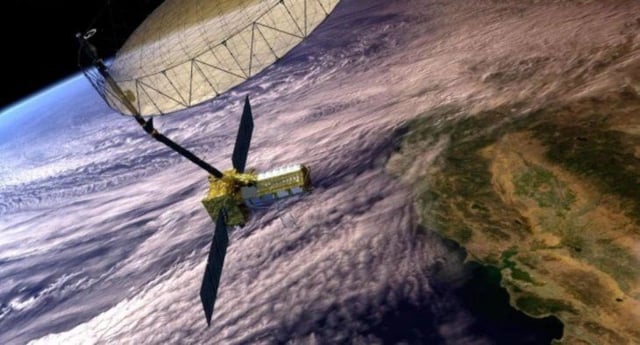Overview
- Using 24 years of CERES satellite observations, researchers report a break in Earth's hemispheric albedo symmetry confirmed in a peer-reviewed PNAS paper.
- The divergence in absorbed solar energy is quantified at about 0.34 watts per square meter per decade, with the trend intensifying since 2020.
- Reduced Northern Hemisphere aerosols from air-quality measures lowered reflectivity, while Arctic snow and sea-ice losses further darkened the surface.
- Episodic Southern Hemisphere aerosol boosts, including the 2019–2020 Australian wildfires and the 2022 Hunga Tonga eruption, temporarily increased southern reflectivity.
- Clouds provided only a surprisingly small compensating effect, and scientists warn the imbalance could shift rainfall patterns such as the ITCZ and accelerate ice and glacier melt, prompting calls for continued monitoring and model improvements.


